Proper installation of pipe fittings is essential for the durability and functionality of any piping system. However, even experienced professionals sometimes encounter mistakes that can advance to leaks, reduced system efficiency, or premature failure. Understanding common installation errors helps in avoiding costly repairs and maintaining system integrity. This article will explore several typical issues that occur during pipe fitting installation, with attention to specialized components such as air pressure check valves, 3 way pressure reducing valves, and hydrogen control valves.
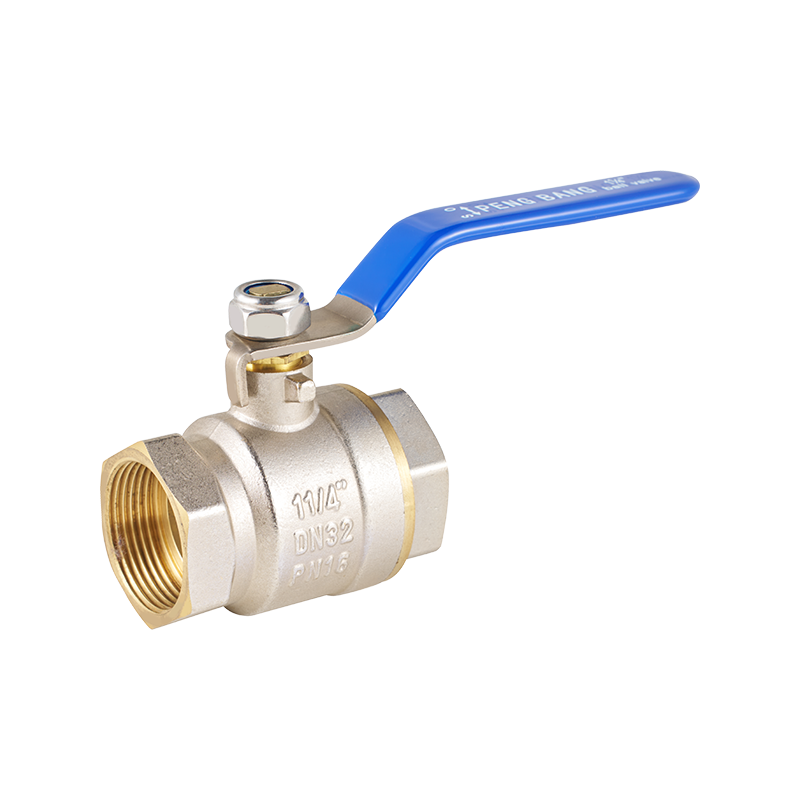
One frequent error is improper tightening of fittings. Over-tightening can cause threads to strip or fittings to crack, especially in materials like plastic or brass. Conversely, under-tightening may advance to loose connections that leak under pressure. It is important to follow manufacturer guidelines for torque specifications to ensure secure and leak-free joints.
Another issue involves the use of incompatible materials. For example, mixing different metals without proper isolation can result in galvanic corrosion, which degrades pipe and fitting surfaces. This is particularly relevant in systems incorporating components like hydrogen control valves, where corrosion resistance is crucial due to exposure to reactive gases. Selecting materials that match or are compatible and using dielectric fittings when necessary can reduce this risk.
Incorrect alignment of pipe fittings is also a common problem. Misalignment puts stress on joints and connected equipment, potentially pilot to cracks or premature wear. This is especially critical for complex components such as 3 way pressure reducing valves, where precise orientation affects flow control and pressure regulation. Careful measurement and use of alignment tools during installation help ensure proper fit and function.
Failure to perform proper pressure testing is another oversight. Pressure tests identify leaks or weaknesses before the system is put into operation. Skipping or rushing this step can result in unnoticed defects that cause system failure under load. Using devices such as air pressure check valves during testing can help isolate sections and verify integrity under controlled conditions.
Incorrect installation of valves is also an area prone to errors. Valves like the hydrogen control valves must be installed according to flow direction markings to work as intended. Installing valves backwards or without proper support can advance to malfunction or damage. Moreover, special attention is needed for valves requiring regular maintenance or calibration, ensuring they remain accessible after installation.
The use of improper sealing materials is a further source of problems. Some sealants or tapes may not be compatible with the fluid type or operating temperature, pilot to deterioration and leaks. In systems involving sensitive components such as 3 way pressure reducing valves, selecting appropriate sealing materials is essential for maintaining pressure control and preventing contamination.
Inadequate support and bracing of pipe fittings can also cause stress and movement in the system, especially in longer pipe runs or areas exposed to vibration. Without proper support, fittings may loosen or pipes may sag, creating alignment and sealing issues. This is relevant for assemblies involving heavy components like hydrogen control valves, where stability is critical.
Finally, ignoring manufacturer instructions or system design specifications often advances to installation errors. Each type of fitting or valve has specific requirements regarding torque, orientation, environmental conditions, and maintenance access. Familiarizing oneself with these details and adhering strictly to them reduces the likelihood of costly mistakes.
In conclusion, avoiding common installation errors with pipe fittings requires attention to detail, proper training, and adherence to ideal practices. Special components like air pressure check valves, 3 way pressure reducing valves, and hydrogen control valves demand particular care due to their complex functions and operating conditions. By focusing on correct tightening, material compatibility, alignment, pressure testing, valve orientation, sealing, support, and instructions, installers can help ensure long-lasting and reliable piping systems.


 English
English русский
русский Español
Español عربى
عربى
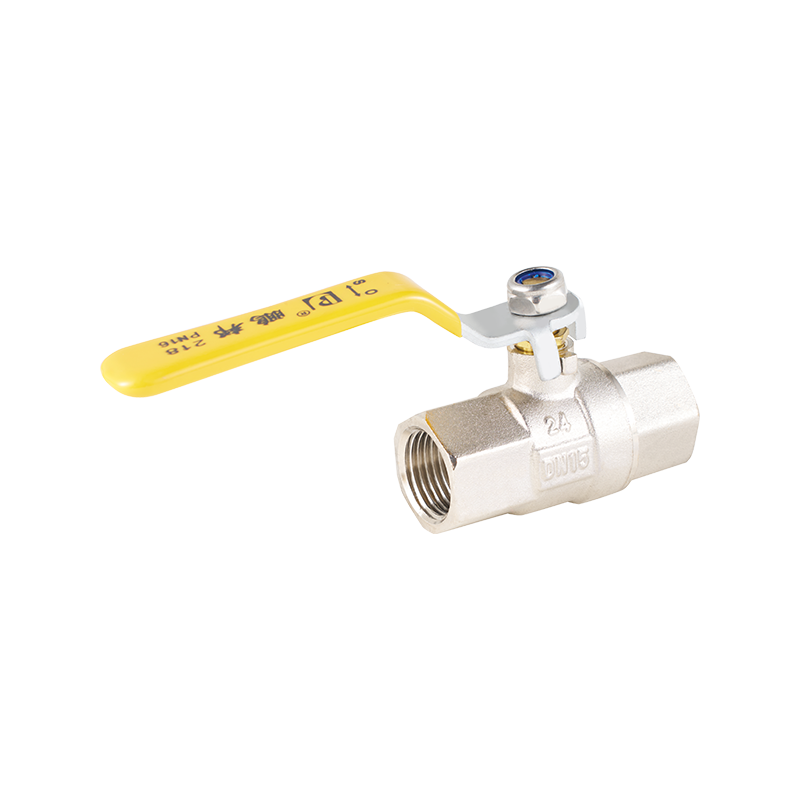
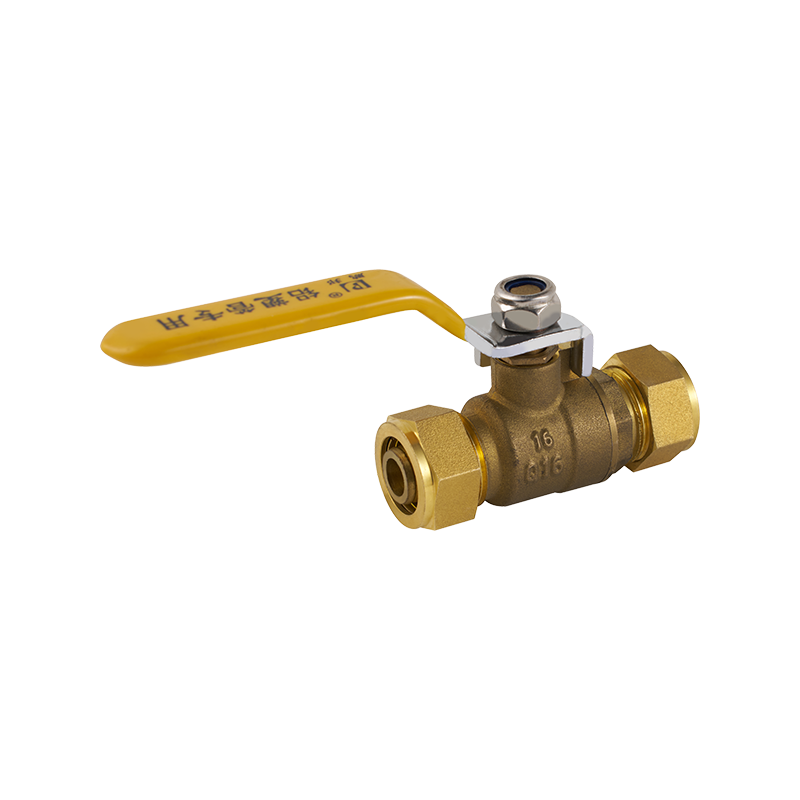
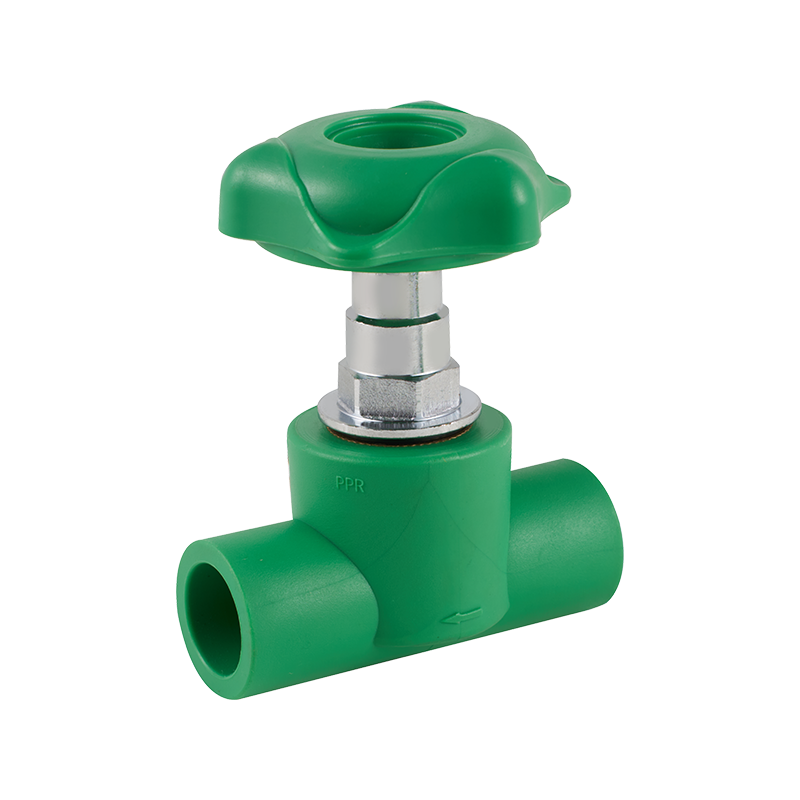

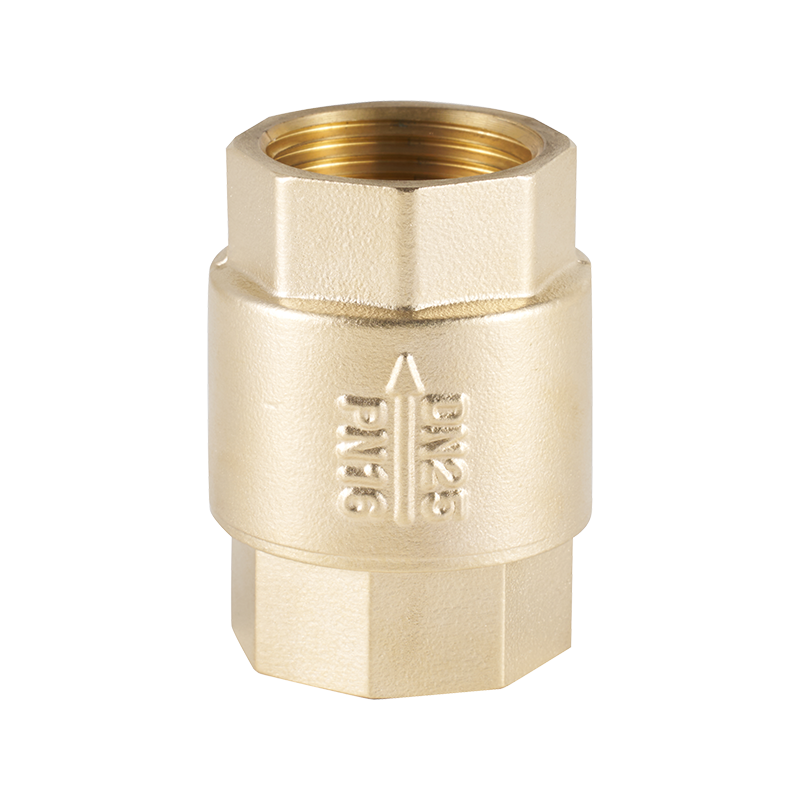

 CONTACT US
CONTACT US